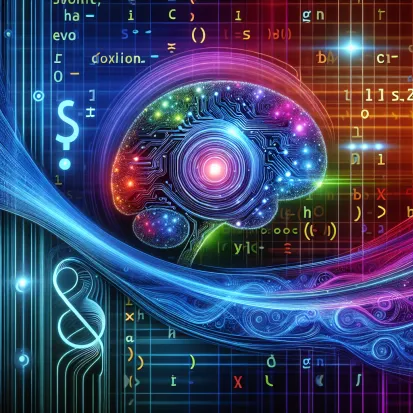Understanding Vibe Coding
Vibe coding is an innovative approach to software development where you express your intentions in plain speech or natural language, and artificial intelligence (AI) transforms those ideas into executable code. Rather than manually writing every line, you describe the desired functionality, and AI tools generate, edit, and even debug the code for you. This paradigm shift was introduced by computer scientist Andrej Karpathy in February 2025 and has quickly gained traction among both technical and non-technical creators.
How Vibe Coding Works
At its core, vibe coding relies on large language models (LLMs) like ChatGPT, Claude, and OpenAI's Codex, which are trained to interpret natural language prompts and output working code. The process is conversational: you tell the AI what you want-often using voice or text-and the AI generates the code, which you can then test, refine, or further instruct.
- Describe your idea: Clearly state what you want the software or app to do.
- AI generates code: The AI interprets your prompt and produces the corresponding code.
- Test and refine: You run the code, see if it meets your needs, and provide feedback or further instructions for improvements.
- Iterate: This back-and-forth continues until the result matches your vision.
For example, you might say, "Build me a simple RSVP page where guests can enter their name and email, and display a thank-you message after submission." The AI responds with the necessary HTML and JavaScript, and you can ask it to fix any errors or make enhancements as needed.
Key Features and Benefits
- Accessibility: Anyone can build apps without deep programming knowledge, democratizing software creation.
- Speed: Rapid prototyping and iteration allow ideas to become working apps in minutes rather than days or weeks.
- Creativity-first: Focus shifts from technical details to creative problem-solving and user experience.
- AI as a coding partner: AI agents handle boilerplate, suggest improvements, and automate repetitive tasks, letting you concentrate on innovation.
Challenges and Limitations
- Code Quality and Security: AI-generated code may have bugs, security flaws, or inefficiencies that require human oversight and testing.
- Understanding: Users often accept code without fully understanding it, which can lead to hidden issues or maintenance challenges.
- Reliability: Current AI tools are still evolving and may not always produce optimal or production-ready code, especially for complex projects.
- Human Creativity Remains Essential: While AI handles implementation, true creativity, alignment with business goals, and critical thinking are uniquely human contributions.
How to Start Vibe Coding
- Pick an AI coding assistant: Platforms like Replit, Cursor, and GitHub Copilot are popular choices for experimenting with vibe coding.
- Define your requirements: Write a clear, goal-oriented prompt describing your app or feature. The more specific, the better the AI output.
- Engage in conversation: Use text or voice to interact with the AI, iterating on your idea and refining the code as you go.
- Review and test: Run the code, ask the AI to explain it, and make adjustments as needed.
"It's not really coding-I just see things, say things, run things, and copy-paste things, and it mostly works." - Andrej Karpathy
The Future of Vibe Coding
Vibe coding is still in its early stages, but as AI models improve, the process will become more reliable, secure, and powerful. The approach is already making software development more accessible and creative, and future advancements promise even greater democratization of app creation for everyone.

